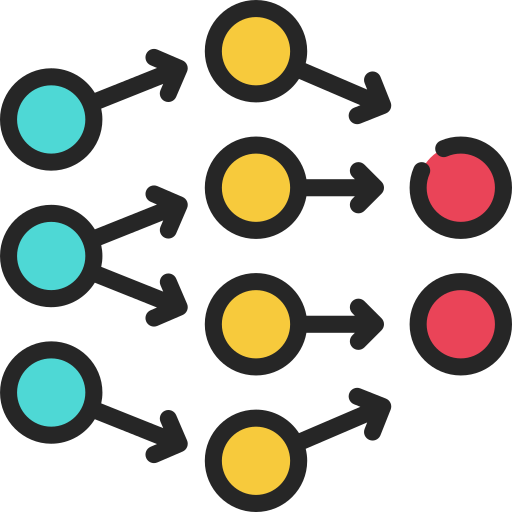This article provides an overview of how neural networks are trained and learn patterns in data. It explains the concepts of forward pass and backpropagation, and discusses the architecture and structure of neural networks. The article also includes examples and equations to illustrate the process. It concludes by mentioning the use of deep learning libraries like PyTorch to simplify the training process.

Forward Pass & Backpropagation: Neural Networks 101
In this article, we will explore how neural networks are trained and learn patterns in data using the forward pass and backpropagation algorithms. These algorithms are essential for the success of AI solutions in various industries.
Architecture
Neural networks consist of interconnected neurons that process data. Each neuron takes inputs, multiplies them by weights, adds a bias term, and applies an activation function. The hidden layer stores multiple neurons to learn patterns in the data.
Forward Pass
The forward pass is the first step in training a neural network. It involves traversing the data through all the neurons, from the input layer to the output layer, to generate a prediction. This process can be done manually or using AI packages like PyTorch or TensorFlow.
Backpropagation Algorithm
After the forward pass, the backpropagation algorithm is used to update the weights and biases of the neural network. This algorithm calculates the partial derivatives of the weights and biases with respect to the error and updates them using gradient descent. This iterative process helps minimize the prediction error and improve the network’s performance.
Practical AI Solutions
Implementing AI solutions in your company can revolutionize your operations and improve competitiveness. To get started, follow these steps:
- Identify Automation Opportunities: Locate key customer interaction points that can benefit from AI.
- Define KPIs: Ensure your AI endeavors have measurable impacts on business outcomes.
- Select an AI Solution: Choose tools that align with your needs and provide customization.
- Implement Gradually: Start with a pilot, gather data, and expand AI usage judiciously.
One practical AI solution to consider is the AI Sales Bot from itinai.com/aisalesbot. This bot automates customer engagement 24/7 and manages interactions across all customer journey stages. It can redefine your sales processes and improve customer engagement.
To learn more about AI and its applications, connect with us at hello@itinai.com. Stay updated on AI insights by following us on Telegram t.me/itinainews or Twitter @itinaicom.
List of Useful Links:
- AI Lab in Telegram @aiscrumbot – free consultation
- Forward Pass & Backpropagation: Neural Networks 101
- Towards Data Science – Medium
- Twitter – @itinaicom




























